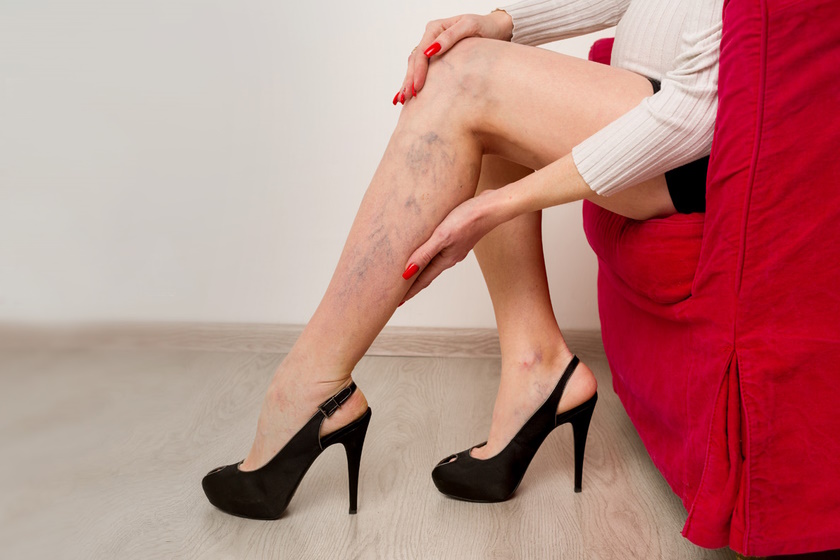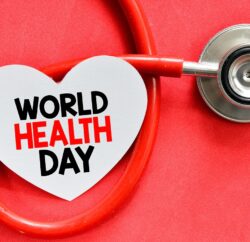Introduction:
Vascular health is a critical aspect of overall well-being, and issues related to veins can be confusing.
In this blog, we’ll unravel the distinctions between varicose veins and deep vein thrombosis (DVT). From understanding the symptoms to exploring the best vascular surgeon in Calicut, this blog aims to provide clarity on these vascular conditions. Additionally, we’ll touch upon the difference between thrombophlebitis and varicose veins and address common questions such as whether varicose veins can be a blood clot.
- Varicose Veins vs. Deep Vein Thrombosis: Understanding the Basics:
Varicose Veins:- Varicose veins are enlarged, twisted veins that often appear near the surface of the skin.
- They are primarily a cosmetic concern but can cause discomfort, pain, and complications in some cases.
- Deep Vein Thrombosis (DVT):
- DVT occurs when a blood clot forms in a deep vein, usually in the legs.
- It can be a serious condition with the potential for complications like pulmonary embolism.
- Difference Between Thrombophlebitis and Varicose Veins:
Thrombophlebitis:- Thrombophlebitis refers to inflammation of a vein with the formation of a blood clot.
- It can occur in both superficial veins (superficial thrombophlebitis) and deep veins (deep vein thrombophlebitis).
- Varicose Veins:
- Varicose veins involve the enlargement and twisting of veins, but not necessarily inflammation or clot formation.
- While varicose veins can be associated with thrombophlebitis, they are distinct conditions.
- Can Varicose Veins Be a Blood Clot?
- Varicose veins, on their own, are not blood clots. However, they can be associated with a condition called superficial thrombophlebitis, where a blood clot forms in a superficial vein. This is different from deep vein thrombosis, which involves blood clots forming in deep veins.
- It’s essential to distinguish between the two and recognise that while varicose veins may increase the risk of superficial thrombophlebitis, they are not a direct cause of deep vein thrombosis.
- What is the Difference Between Venous and Varicose?
Venous:- “Venous” refers to anything related to veins.
- Venous conditions can include issues with blood flow, clotting, or the structure of veins.
- Varicose:
- “Varicose” specifically refers to veins that have become enlarged, twisted, and often visible under the skin.
- Varicose veins are a type of venous condition, but not all venous conditions manifest as varicose veins.
- Symptoms and Risk Factors:
Varicose Veins:- Symptoms include pain, aching, and swelling, especially after prolonged periods of standing or sitting.
- Risk factors include genetics, age, gender (more common in women), and lifestyle factors.
- Deep Vein Thrombosis:
- Symptoms may include swelling, pain, and warmth in the affected leg.
- Risk factors include a history of DVT, surgery, prolonged immobility, and certain medical conditions.
- Prevention and Treatment:
Varicose Veins:- Lifestyle changes such as regular exercise, elevation of legs, and avoiding prolonged periods of sitting or standing.
- Compression stockings can help manage symptoms.
- Deep Vein Thrombosis:
- Prevention involves staying active, maintaining a healthy weight, and avoiding prolonged immobility.
- Treatment may include blood thinners and, in severe cases, procedures to remove or dissolve the clot.
- Importance of Consulting a Vascular Surgeon in Calicut:
- Vascular surgeons specialize in the diagnosis and treatment of vascular conditions.
- Regular check-ups and consultations are crucial for early detection and management of varicose veins, DVT, and other vascular issues.
Conclusion:
Understanding the difference between varicose veins and deep vein thrombosis is crucial for proactive vascular health management. While varicose veins may be a cosmetic concern, deep vein thrombosis poses a more serious risk. Consulting a vascular surgeon in Calicut is essential for accurate diagnosis, personalized treatment plans, and ongoing vascular health management. By staying informed and seeking professional guidance, individuals can navigate vascular conditions effectively and maintain optimal well-being.













